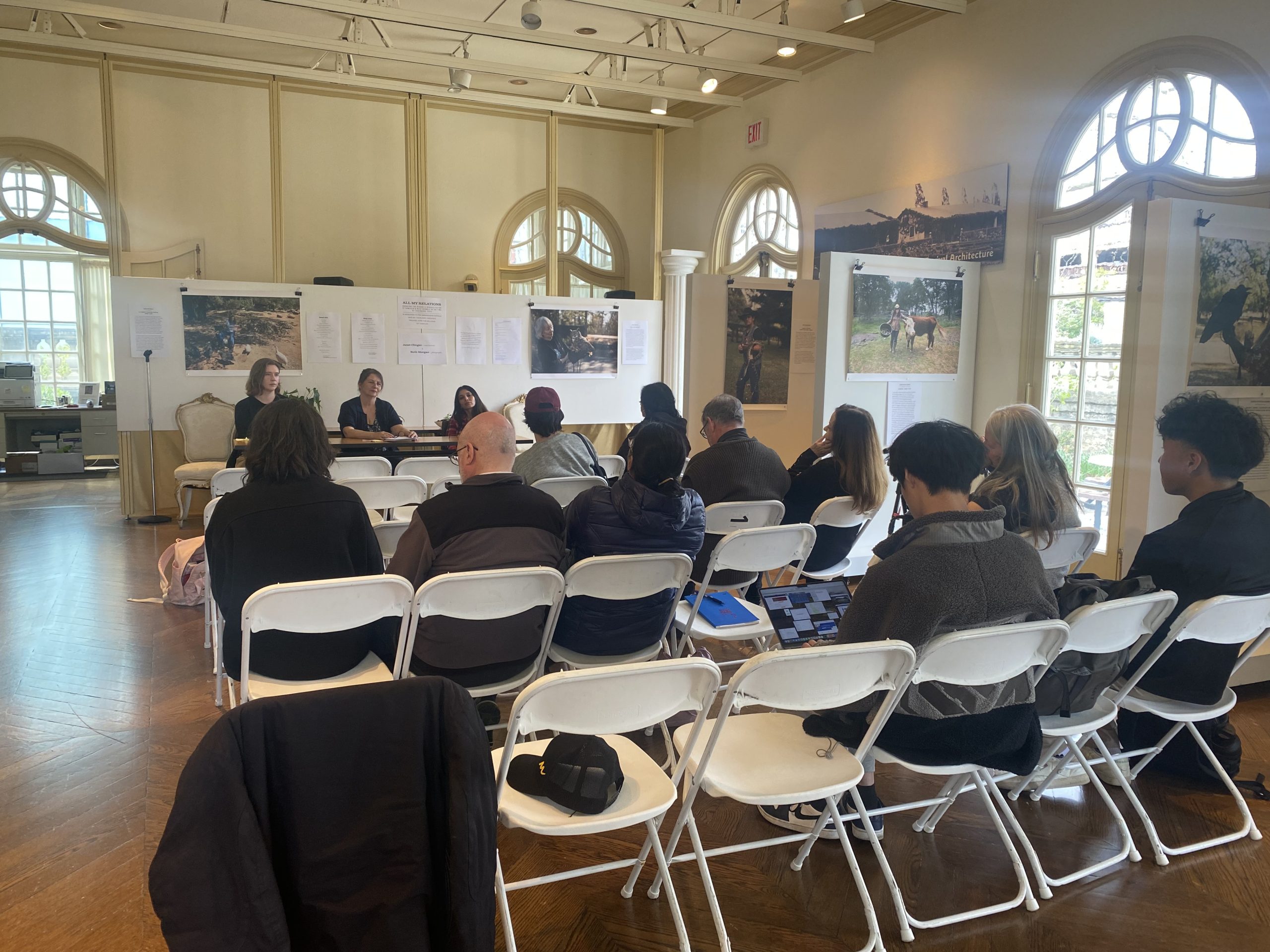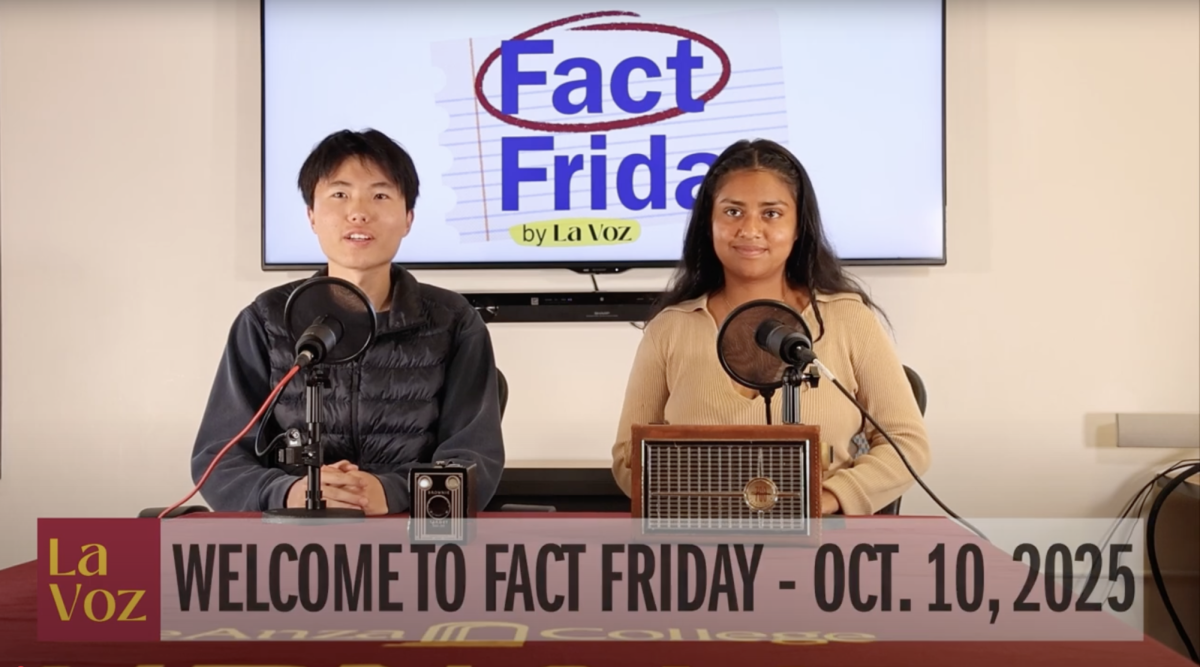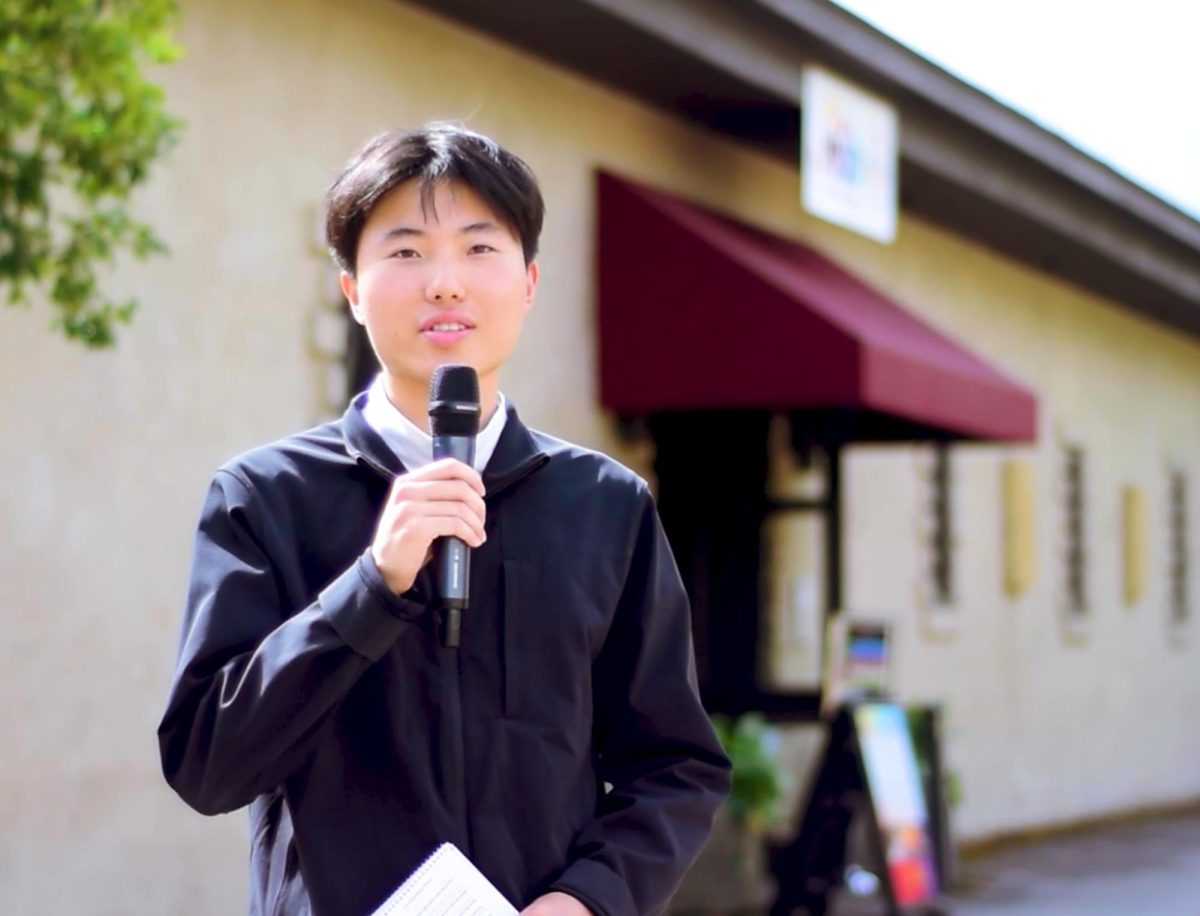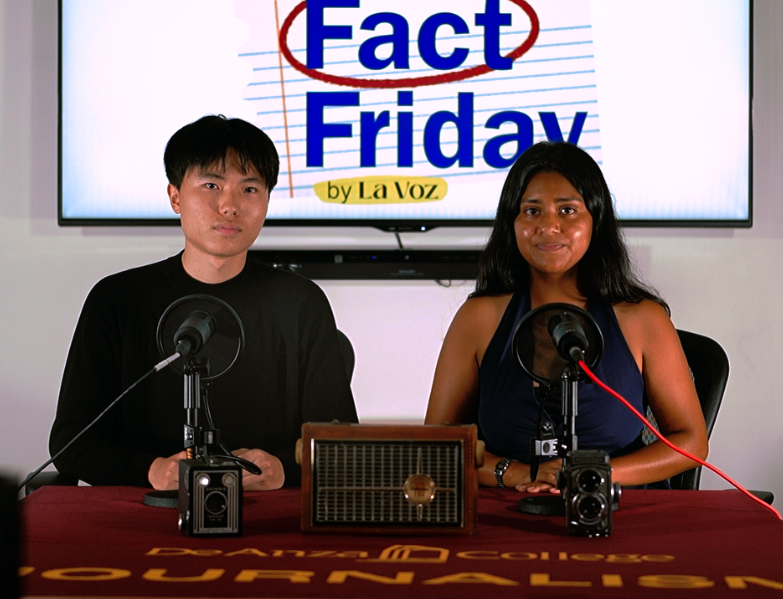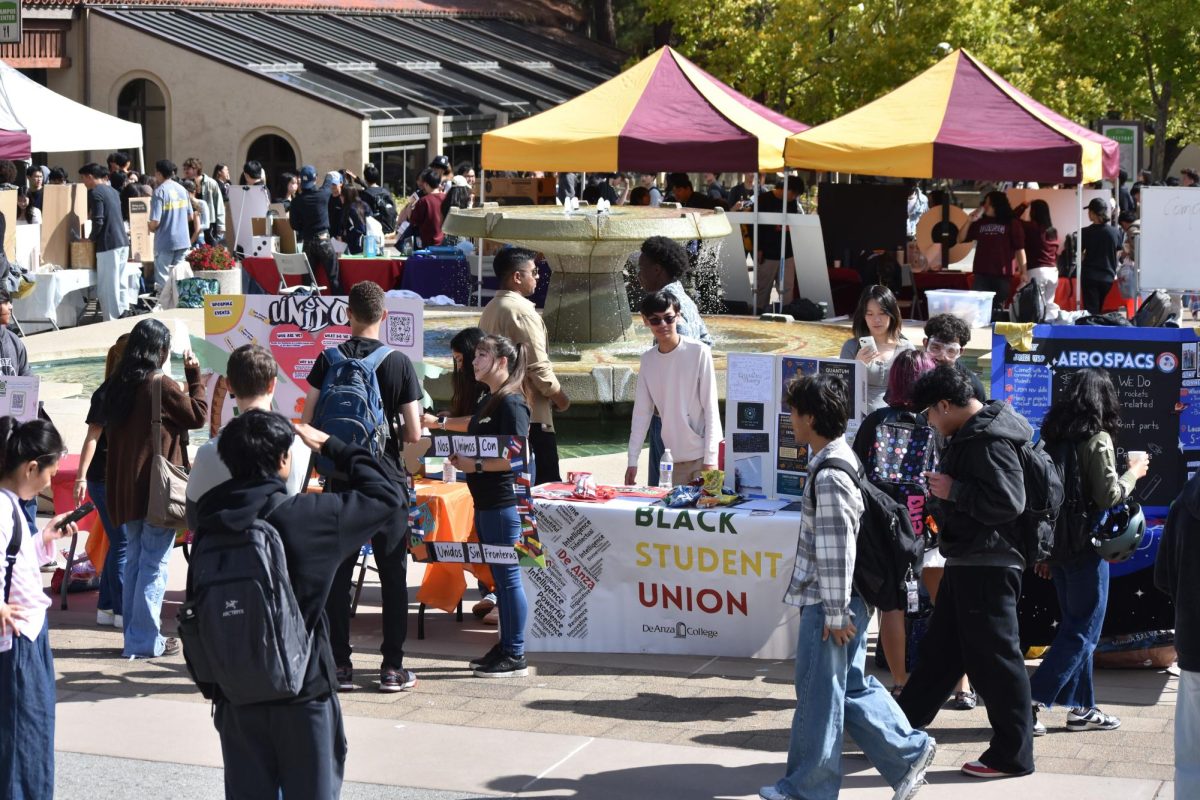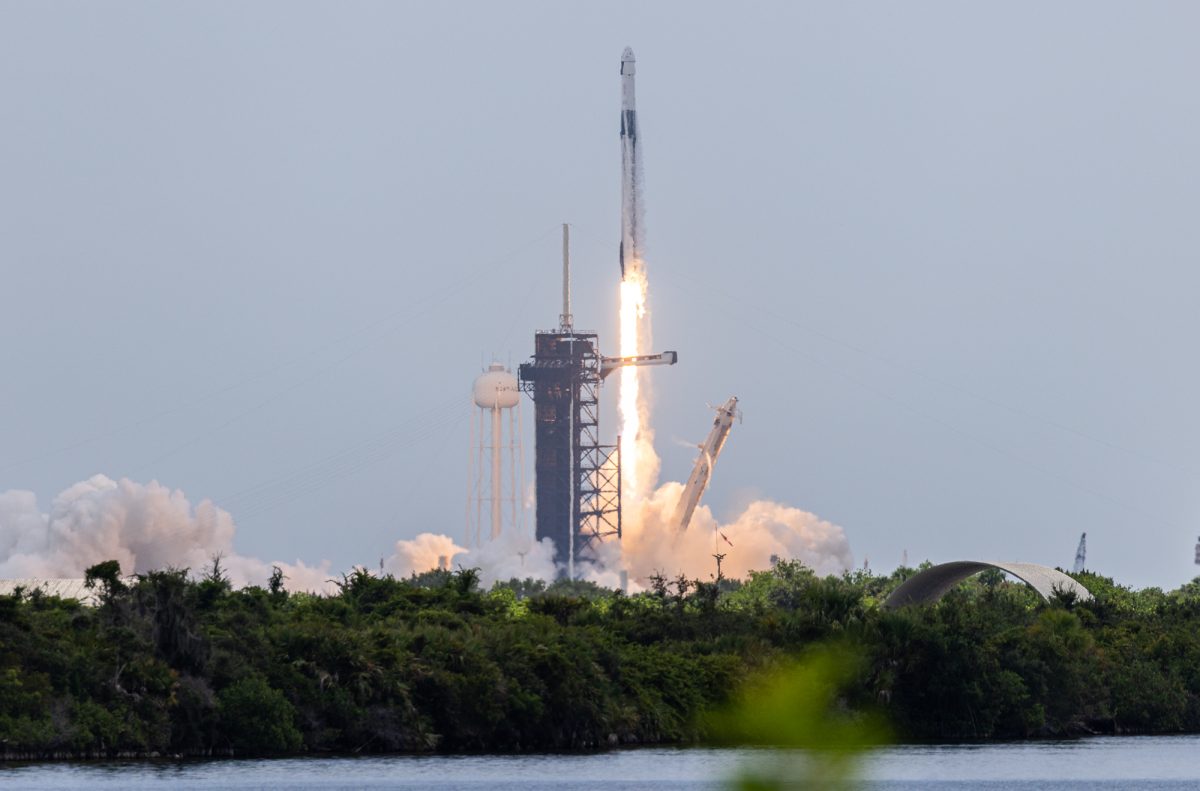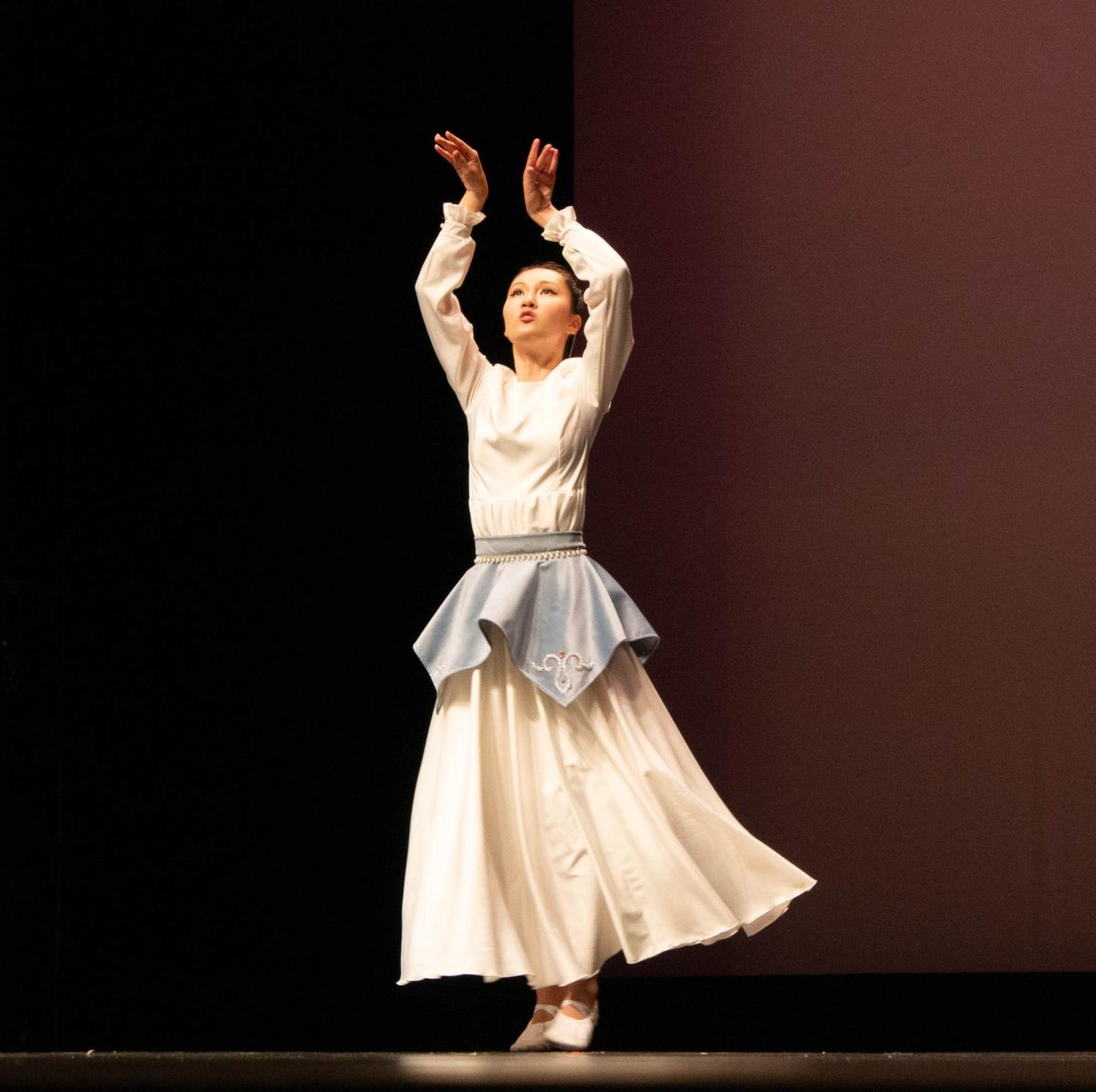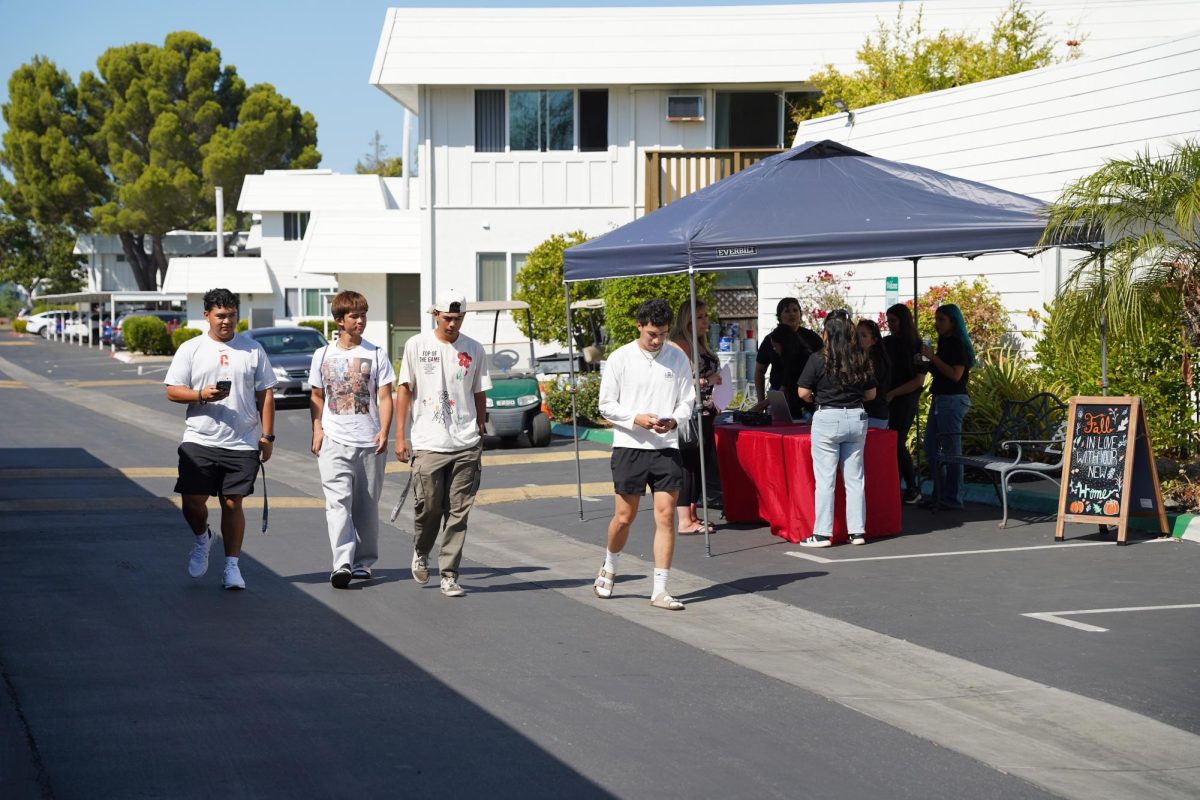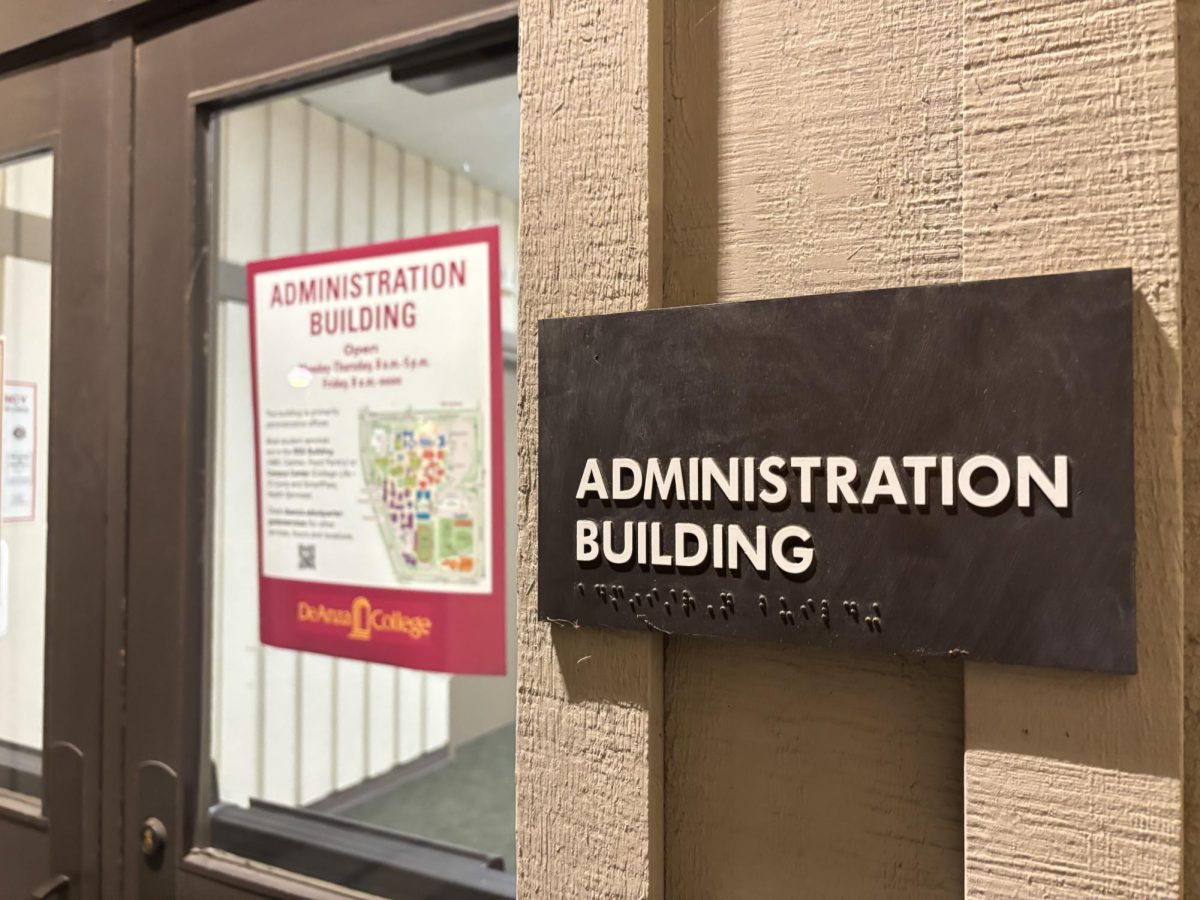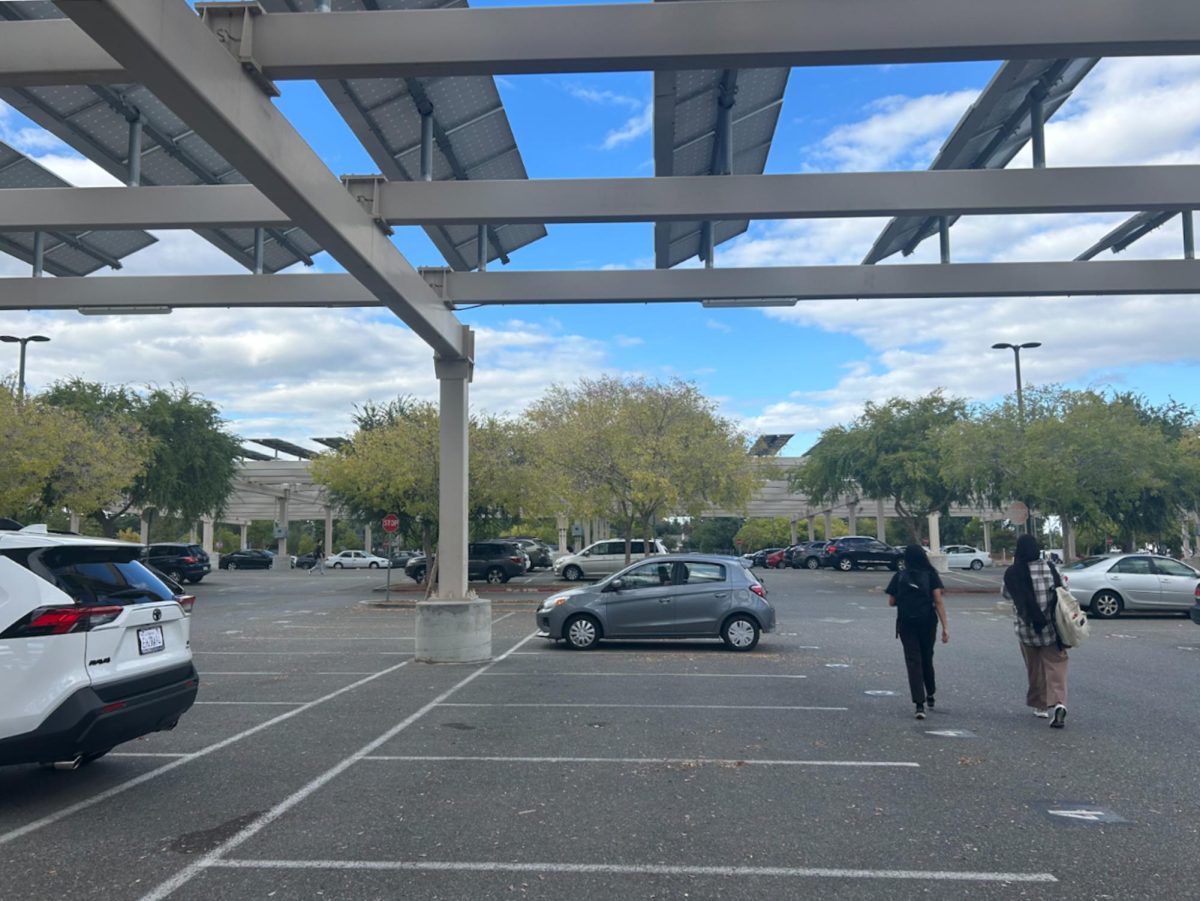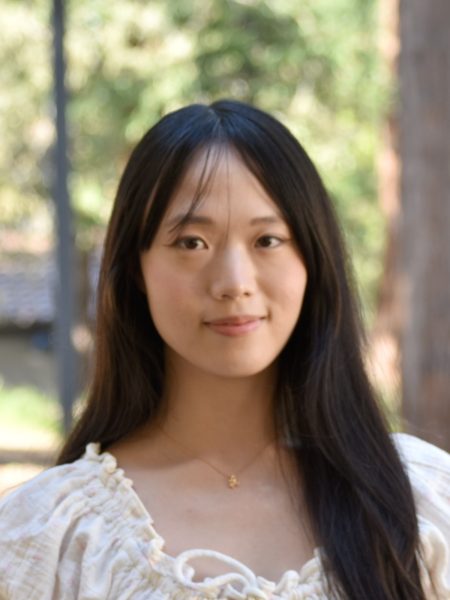The California History Center hosted a talk to promote their winter exhibit, “All My Relations,” on Thursday, Feb. 29. The exhibit aims to explore the value of nature and its relationship with human beings, particularly fauna.
The talk panel consisted of Lori Clinchard, the center’s director, Mona Rawal, a philosophy professor at Foothill College, and student intern Uriel Barròn, who read excerpts from the center’s collection of oral histories.
Rawal discussed her personal relationship with nature, especially as seen through the lens of Hinduism. She spoke about practices such as feeding the local animals before people could start to eat and showing respect towards nature.
“We know we need to be compassionate, ethical towards human beings,” Rawal said. “How many of us know we have to be compassionate to the soil?”
Clinchard spoke about what it means to be a human, particularly in a world where artificial intelligence is becoming commonplace. She also shared some quotes from the book “How To Be Animal” by Melanie Challenger, as well as quotes from Clinchard’s own upcoming book on AI ethics.
“We are part of the animal world, but also somehow not, or we like to think we are, but we’re above or outside or better than,” Clinchard said.
Beyond the panelists’ conversation, the audience had the opportunity to ask their own questions about the environmental impact of human existence and ways to become more involved with nature.
“Change begins with actions, words and deeds, internal change and awareness of the natural world and the environment,” Clinchard said. “Spending time outside in nature, observing and being around animals, looking at the natural world brings it closer into your consciousness.”
After the panel concluded, audience members were free to explore the exhibit, which featured photography by Ruth Morgan and excerpts from oral historian Janet Clinger.
Thirteen photographs of volunteers and animal ambassadors interacting with animals, including snakes, dogs, owls and possums, were displayed in conjunction with the center’s permanent collection.
“This particular exhibit is just helping us look at one aspect of the life of Californians in relation to animals,” Clinchard said. “The other creatures that we share life with here, and help us think about what it means to be in a relationship with life and other life forms.”
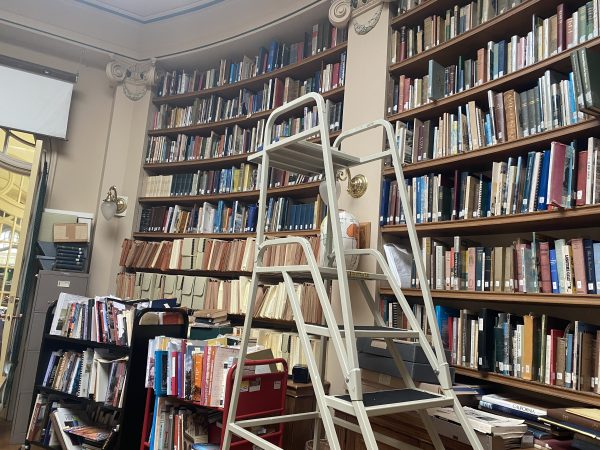
While the front of the center features limited exhibits, historical photographs and other objects, the back rooms hold something equally worthwhile — the center’s library and archives.
The archives contain items such as microfilm of the Palo Alto Times dating back to 1907, rare books, transcriptions and recordings of oral histories as well as manuscripts. These tens of thousands of articles are kept for both historical reference and student use.
Although it is not a circulating library, students are welcome to look through academic papers, photographs and other materials that may be of interest.
“We are devoted to having the college, community, and students, everybody in California, learn more about the place they live in,” long-time librarian and archivist Lisa Christiansen said.
In addition to providing student and community resources, the archive’s mission is to leave a paper trail of California history.
“We try to save evidence, you know, that’s what archives are about. It’s unique, primary evidence of what has been done, what is happening now and kind of a predictor of what’s to come,” Christiansen said.
Students are encouraged to visit, whether to study, play board games, look at the exhibit hall or chat with the staff.
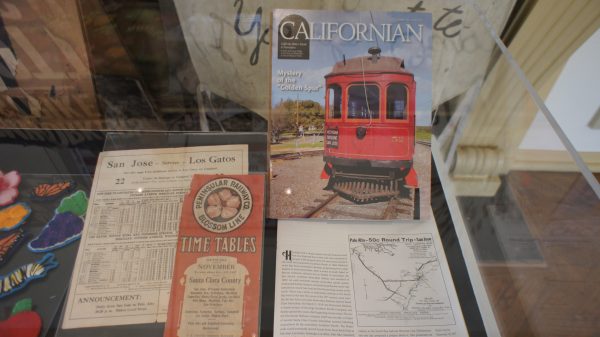
“If (students) have any questions or ideas, want a space to be (in) or people to talk with about their ideas, they can just come in and know that they and their ideas are welcome,” Clinchard said.
In addition to its collection and exhibits, the center publishes “Californian,” a periodical on relevant themes and center updates, three times a year.


